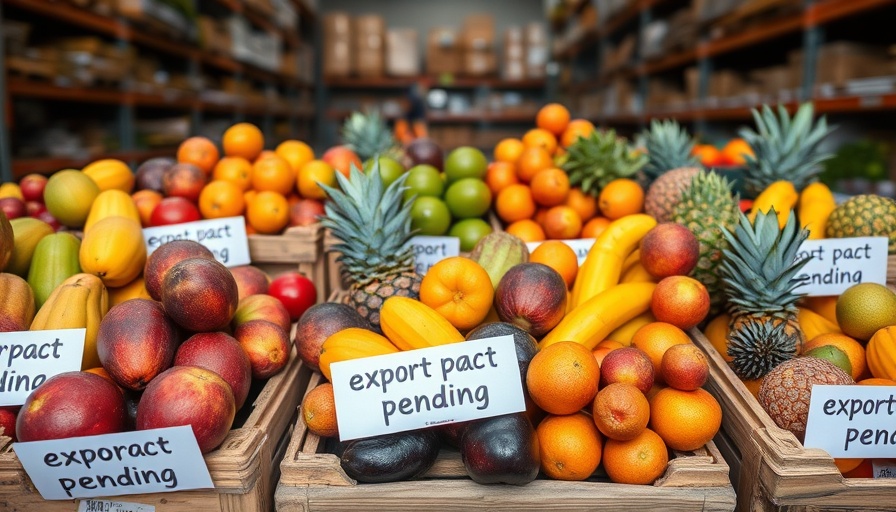
Scania Southern Africa: A Stronger Commitment to Local Markets
In February 2025, Scania Southern Africa inaugurated its new Regional Product Centre (RPC) in Aeroton, an event that represents not merely a significant infrastructural upgrade but also a robust affirmation of confidence in the South African economy. Erik Bergvall, Managing Director of Scania Southern Africa, emphasized this sentiment during the launch. He stated, "Our dedication extends far beyond selling vehicles. We are here to create lasting solutions, build a strong industry, and contribute meaningfully to the economy and local communities. Scania’s presence in South Africa is more than business."
Efficiency and Sustainability: Transforming Assembly Operations
While the new RPC will not dramatically increase the number of locally assembled vehicles, it greatly enhances operational efficiency, which is crucial for meeting customer demands. By strategically situating the new plant next to its parts distribution center, Scania aims to improve logistics and turnaround times for customer service. As Bergvall remarked, "This new plant provides us with the capability to ramp up production, ensuring we remain agile and responsive to the needs of our customers across South Africa." This capability is pivotal in a time when consumer needs are evolving rapidly.
Building a Greener Future
The RPC also signals Scania's commitment to sustainable transport solutions. With the growing demand for environmentally-friendly options, the company is poised to meet these demands while minimizing its environmental footprint. During the launch, it was noted that 98% of the plant's waste is recycled, demonstrating Scania's dedication to sustainability—a concept increasingly paramount in today’s manufacturing landscape. As Bergvall stated, "We are building a future where transport is smarter, cleaner, and more efficient."
Job Creation and Skills Development
The establishment of the RPC not only facilitates impressive production capabilities — with a capacity of 3,200 trucks and buses per year — but it also opens doors for job creation and skills development in the region. The project is expected to provide employment opportunities and foster local talent, contributing to the overall economic landscape of South Africa. Scania aims to nurture a skilled workforce that can adapt to the inevitable tech-driven transformations in the transportation industry.
Impact on Customer Experience
This new venture signifies a transformative shift in Scania's operational approach, enhancing the overall customer experience. By providing faster delivery times and superior support through locally assembled products, Scania aims to solidify its reputation for service excellence. As shared by Bergvall, "With this facility, we are positioning ourselves to better serve our customers with high-quality, locally assembled products." Customers can anticipate not only timely delivery but also robust support, as the integration of assembly and distribution allows for a tight-knit operation
The Broader Implications for the South African Economy
Scania’s investment in South Africa comes at a critical juncture, where economic growth is necessary for recovery and prosperity. This investment signifies faith in the South African market and emphasizes the collaborative effort needed between industries and local governments to drive an economy marked by innovation and sustainability. As evidenced by Scania’s approach, the transportation industry is integral to this objective, with sustainable practices at the forefront of its strategy, potentially setting a precedent in the automotive sector.
Conclusion: A New Dawn for Transport in South Africa
In conclusion, the opening of Scania Southern Africa's new assembly plant highlights a resolute commitment to not only economic growth but also sustainable practices within the transport sector. With the industry facing a rapid transition fueled by technology, it is crucial for companies like Scania to lead by example, pioneering solutions that benefit both business and the planet. As we witness this expansion, it is an opportune moment for industry leaders, policymakers, and communities to engage actively in shaping a future that prioritizes efficiency, sustainability, and innovation.
 Add Row
Add Row  Add
Add 




Write A Comment